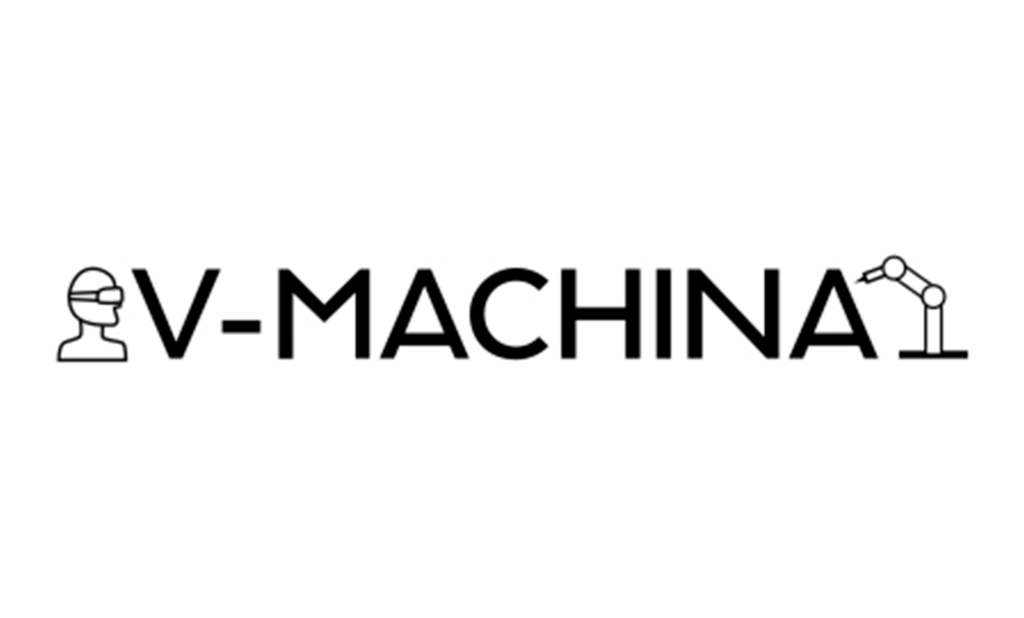V-Machina: Virtual Reality bringing together people and machines!
What Manufacturing/societal challenge does the project answer?
Upskilling the manufacturing workforce and offering hands-on training can be costly, requiring sophisticated equipment as well as travel.

The team behind the project?
The project is a cross-functional pan-European collaboration between SUPSI, Light and Shadows, CEA, Festo and RISE.
-
The EIT Manufacturing V-Machina project is creating a cutting-edge Virtual Reality (VR) environment, bringing together people and machines for safe, quick and easy access to trainings at a low cost, regardless of trainees’ location and hierarchical status.
The project provides VR-based simulations for making the interaction with complex and dangerous machinery easy and safe. In manufacturing, the teaching and practice of personnel often requires interaction with expensive, cumbersome, and potentially dangerous machinery and robots, in particular for maintenance and repair. The solution developed for this project is called Virtual Manufacturing Environment (or simply VME). -
V-Machina contributes to reducing inequalities between different populations, genders and regions, leveraging Virtual Reality VR technology. The solution itself comes with two additional benefits:
1) It facilitates first contact with maintenance and repair to reduce negative biases and adoption resistance.
2) It offers quick access to trainings, regardless of social or economic conditions, as the costs for running a VR experience is much lower, and much more accessible, than real-life experimentation. The VR equipment is an investment of a couple thousand euros, whereas the cost of machines and robots is counted in tens of thousands. Furthermore, V-Machina bridges geographical distances and creates a real collaborative environment across multiple locations, going beyond videoconferencing systems while considering personal characteristics, such as emotions.
V-Machina is a game changer, and has already attracted the interest of several potential users during its first months of existence.
Read more:
Our vision with V-Machina is to contribute to leading manufacturing into the metaverse, the next iteration of the internet, supporting decentralised, persistent online 3-D virtual environments. The innovative instruments we forged with the VME lower the barrier for creating and accessing new VR-based learning modules. We believe that V-Machina is supporting a pedagogical (r)evolution that will provide more inclusiveness and less discrimination, thanks to the exploitation of VR as an enabling technology.
Silvia Giordano, project leader and professor at EPFL & SUPSI

